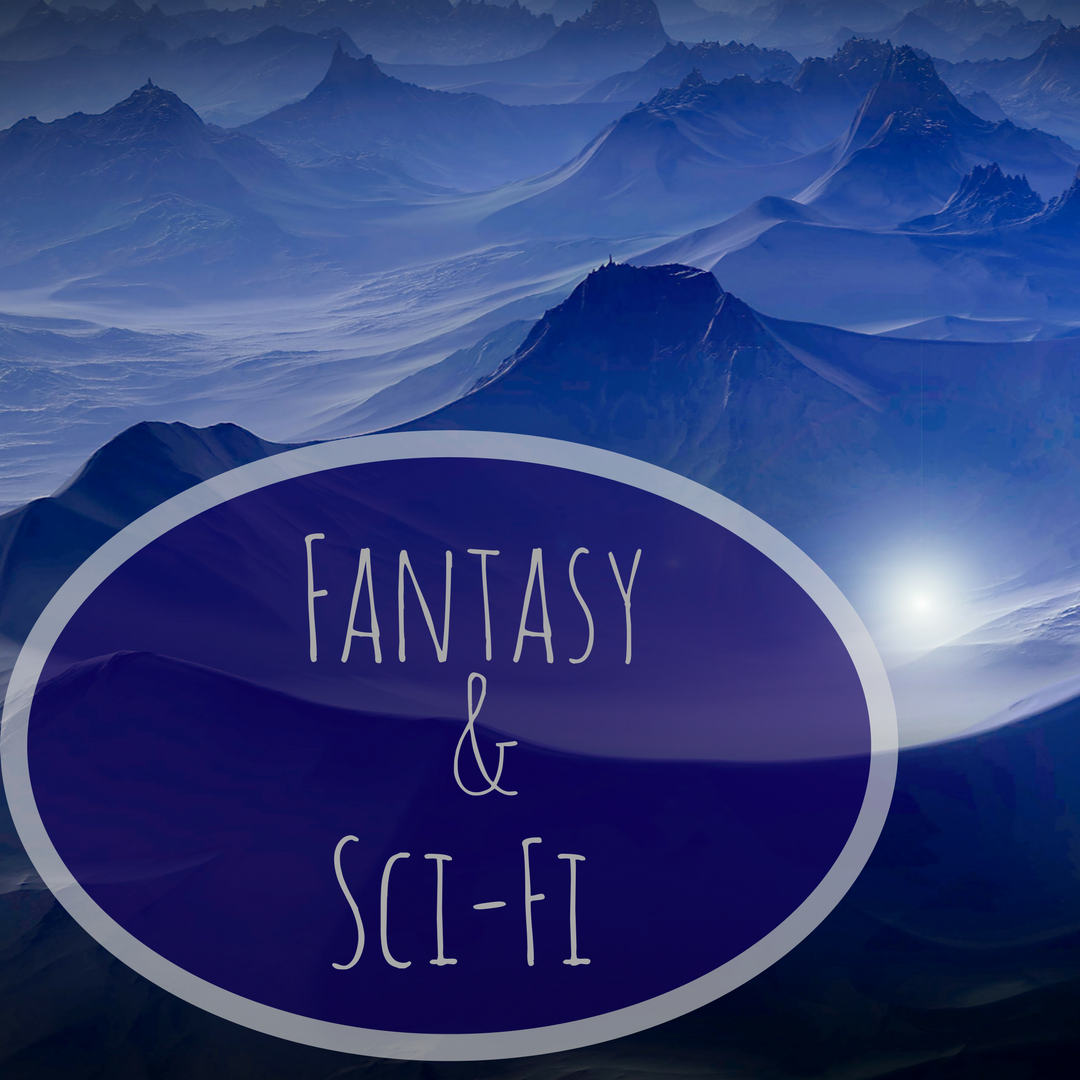Flash fiction may sound new and alien, but it’s been around longer than you think. The query that inspired the first flash fiction contest was, “How short can a short story be and still be a short story?”
As a result, Short Stories From Life was published in 1916, featured81 stories from the Shortest Story Contest. Further questions raised as the project grew were:
- When is a story not a story, but only an anecdote?
- When a story is a story, is it a combination of plot, character, and setting, or is it determined by only one of these three elements?
- Must it end when you have ended it or must it suggest something beyond the reading?
These are still some of the questions asked about flash fiction, but let’s clarify.
Flash Fiction is a form of short story, usually between 300 to 1,000 words.

Why should you write flash fiction?
- It’s a good way to get past writer’s block—and writing prompts are a fun way to jumpstart creative juices
- You get to play with a new story and the rush of finishing
- You’ll learn to write and edit tighter
- You’ll have content (aka lead magnets) to offer your readers
- Getting published is not as arduous or prolonged
Publishing flash fiction is not automatic, but the barrier to entry is not as steep as for a full-length novel.
Getting down to business
Every story needs a beginning, a middle, and an end whether it’s spread over a seven-book series or a 50-word fiction. You need a beginning that will hook the reader, a middle that engages them, and a satisfying ending. And you need to do that in 1,000 words.
For plotters, here’s a basic structure for a 1,000-word flash fiction story. I’m pretty committed to pantsing—but people who plot say this is helpful.
- Intro: ~150 words – setting and characters–if you can, start in the middle of the crisis
- Rising action: ~600 words – develop main conflict (try-fails, conflict/crisis)
- Climax: ~200 words (the turning point/most intense moment)
- Resolution: ~50 words
Pacing isn’t the only thing acquisitions editors look for in submissions.
Beginning
- Make your title earn its keep! It’s not included in your word count, so use it to set the stage or foreshadow a twist.
- Your first line needs to hook the reader.
“There are things they don’t tell you about having green skin.”
Photosynthetic by Cassandra Hamm
- Pay attention to POV and voice (whether you choose 1st, 2nd, or 3rd)
- Limit your characters to one or two–but include the conflict of two opposing forces
- If you introduce a feature, make sure it’s pertinent to the plot
Here’s another wonderful opening:
Commander Tri’eek’s ship was self-destructing.
Bianca muttered Earth English curses under her breath as she ran through the Argo’s gigantic ventilation shafts, holding a gargantuan stolen ring of shiny, black electrical tape around her waist like a life ring. She had spent three precious hours tracing the problem to the engine maintenance room. She couldn’t afford to be wrong.
Brownie Points by Lavender Ellington
It’s not a story until something goes wrong
Steven James
Middle
- Dialogue, dialogue, dialogue
- Action beats can reveal more about your characters than dialogue tags
- Reveal, don’t lecture (aka show, don’t tell)
- Avoid talking heads. Use the whole body to communicate your character’s state of being—shoulders, fingers, knees, toes
- What are the stakes? What happens if the MC fails? Will the reader care?
End
- Your ending needs to be satisfying and the conflict, resolved—whether it’s positive or negative. Leave your readers with a thought to chew on, a twist, or an aha. Does the story convey an idea larger than itself?
- Your readers want to know what’s going to happen but they also want to be surprised—so plant seeds of the ending in the beginning and throughout the story.
When you’re done:
- Check for repeated words or concepts, unnecessary details, or cliches,
- Read it out loud and get someone else to look at it.
- Recheck the submission requirements before hitting SEND!
Where to submit
Havok Publishing wants stories that hit fast and strike hard––stories that can cut through the day’s troubles and grip distracted readers. They also provide feedback on all submissions, unless requested otherwise.
Spark Flash Fiction looks for romance stories that will grab the reader and put a spark in their day.
NYC Midnight hosts contest for a variety of short fiction stories. For a small entry fee they provide prompt-based challenges, feedback from their judges, and peer feedback forums.
If you’re curious about flash fiction, read some! There are plenty of free sources and don’t take more than a few minutes of your time.

Sophia L Hansen is an author and editor with Havok Publishing and loves to write In Other Worlds. She’s lived on a tiny island in Alaska, the bustling cities of New York and Boston, raised kids in Tennessee, and now resides just outside Birmingham, AL. After 30+ years of marriage, seven children, and numerous pets, Sophia still fits into her high school earrings.
You can follow Sophia’s words and worlds at https://www.sophialhansen.com/, Facebook, and Instagram.


 We love helping your growing in your writing career.
We love helping your growing in your writing career.

2 Comments
Thanks, Sophia – a nice read and instructive!
Thank you, Maria. I’m glad you found it helpful.